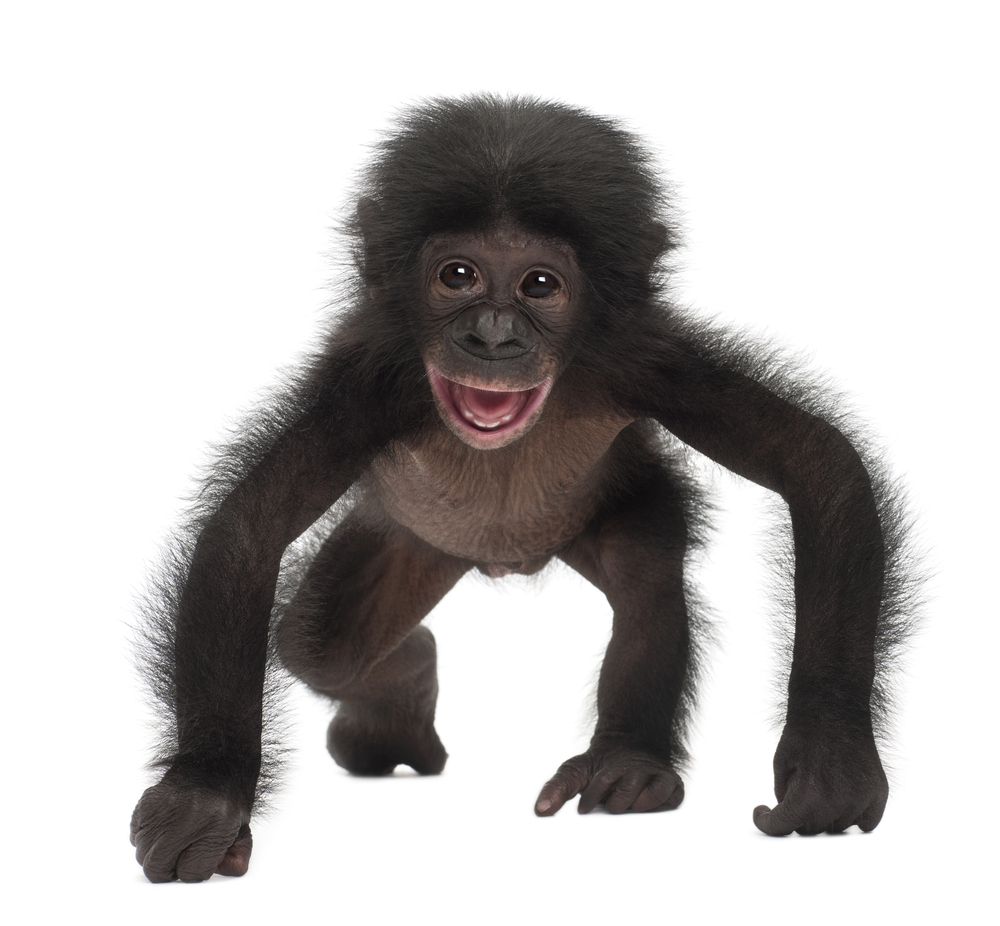Creation of Habits Occurs Through Reward-Seeking Mechanisms Within Neurons: Implications For Huntington’s Disease

Huntington’s disease (HD) is a progressive neurodegenerative genetic disorder that affects muscle coordination, cognitive reduction and behavioral symptoms. Now, a recent study from MIT researchers entitled “Habit Learning by Naive Macaques Is Marked by Response Sharpening of Striatal Neurons Representing the Cost and Outcome of Acquired Action Sequences“, published in Neuron, showed that in primates, the creation of habits happens through reward-seeking mechanisms built among neurons. The results indicate that some neurons are associated with reward while others are associated with cost. This circuit seems to strive for efficiency by reaching a balance between cost and reward. These findings may provide novel insights into neuropsychiatric disorders like Huntington’s disease.
A few years ago Ann Graybiel, Professor at MIT and member of the McGovern Institute for Brain Research, found the beginning and the end of a path that occurs when habits were performed. This path was detected in the part of the brain –striatum– that coordinates body movements in mice, rats and monkeys specially trained to perform specific tasks. In the experiment, two monkeys learned how to visually navigate a grid of dots on a screen in search of the particular dot that was used as a”bait”. After achieving that goal the color of the dot grid would change indicating that a reward was coming. This experiment ran without any type of previous animal training, in an attempt to mimic real-life learning process. Brain activity was recorded during the learning period and later analyzed.
The research team also compared changes in neural activity with behavior, concluding that both were modified in parallel. Over time, monkey’s eyes followed the same path repeatedly indicating that eye movement had become both a habit and more efficient, while the paths became shorter.
Now Dr. Graybiel is interested in understanding the role these paths play in neuropsychiatric disorders. To do so, the research group intends to identify the cells associated with reward and cost through mouse models that mimic human neuropsychiatric disorders that have symptoms with repetitive behavior. Understanding how this path and the balance between neurons occurs in humans, could allow researchers to understand key biological responses in Huntington’s disease patients.






